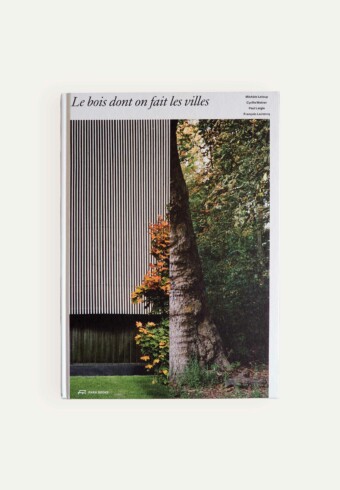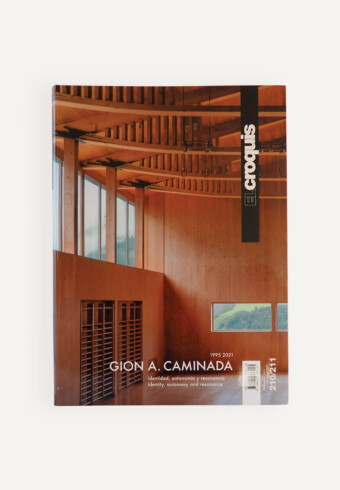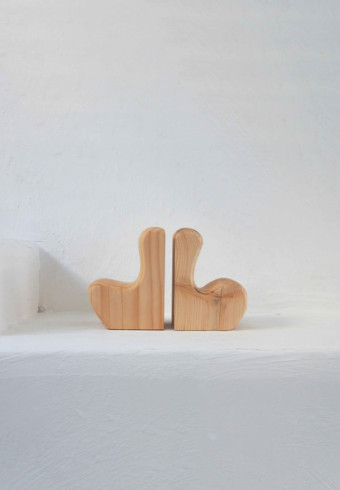Shop
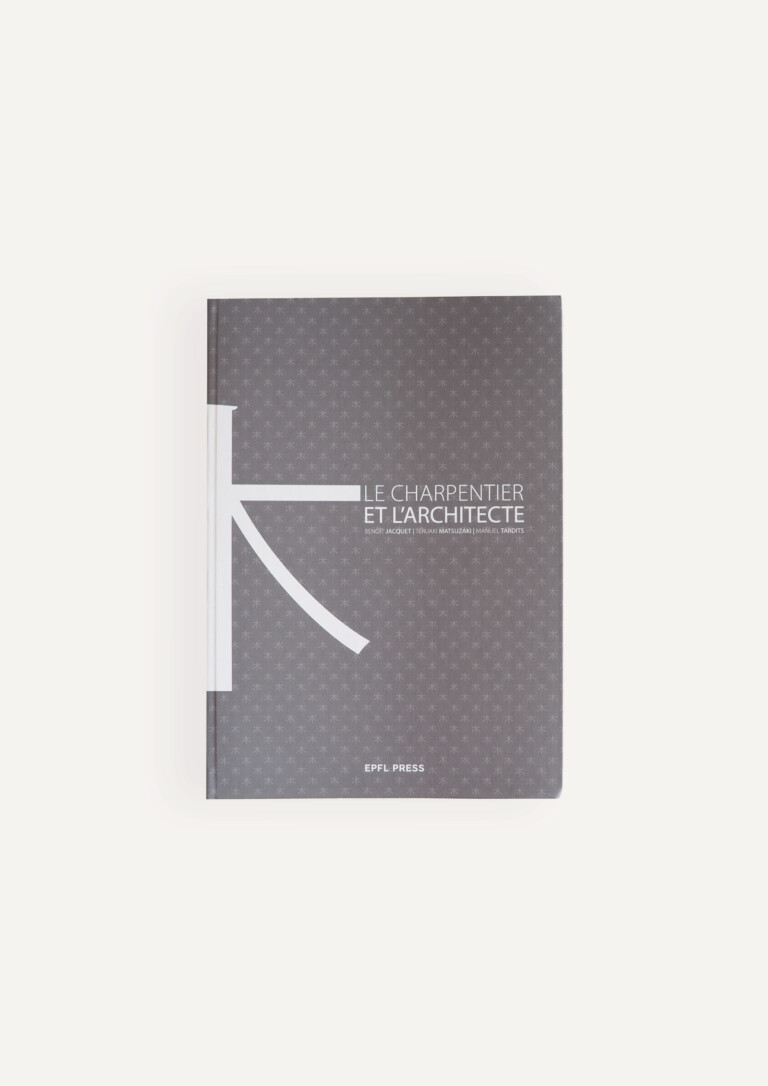
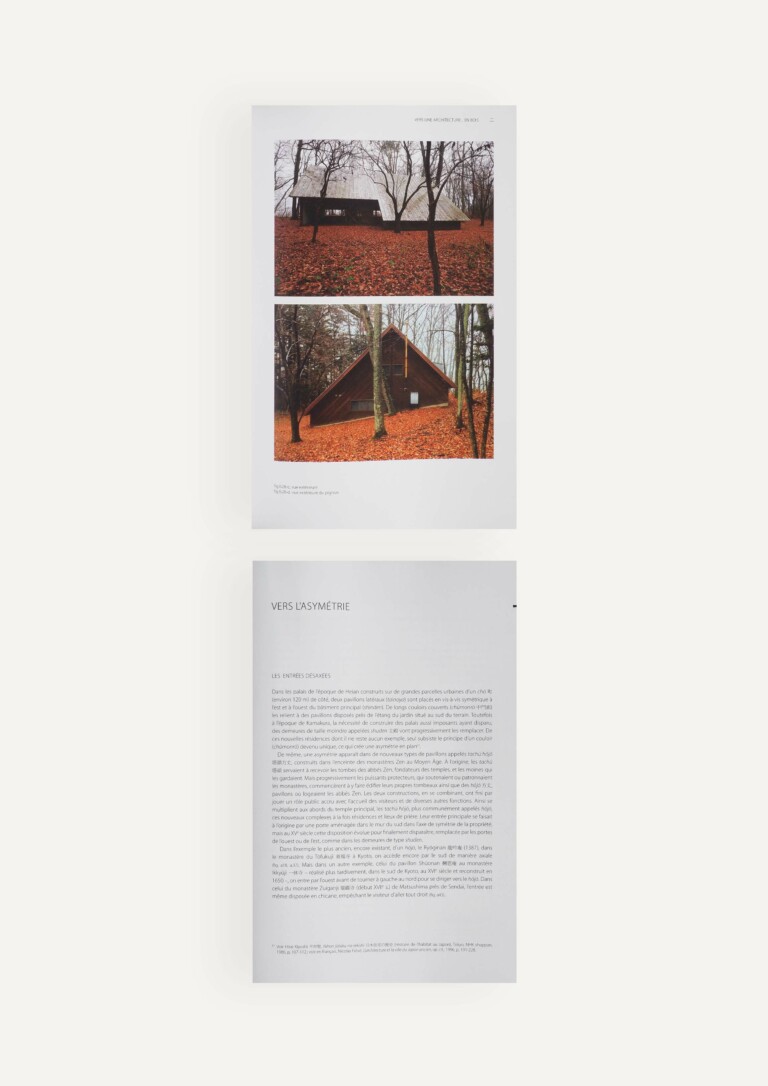

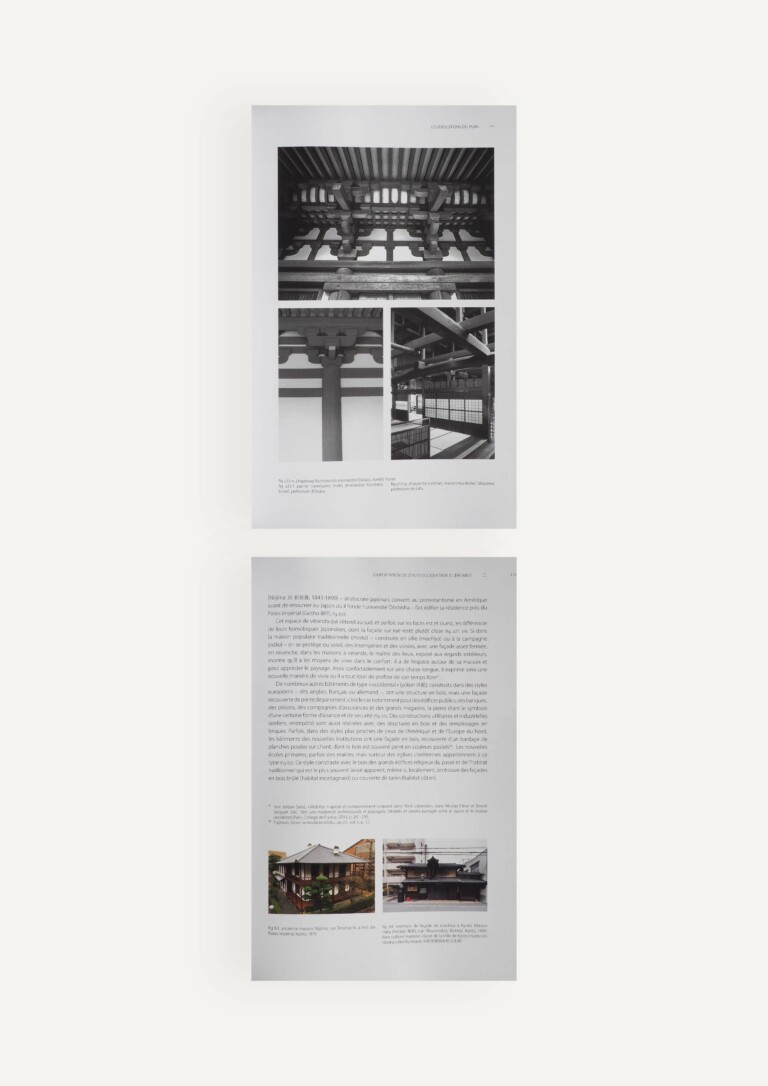
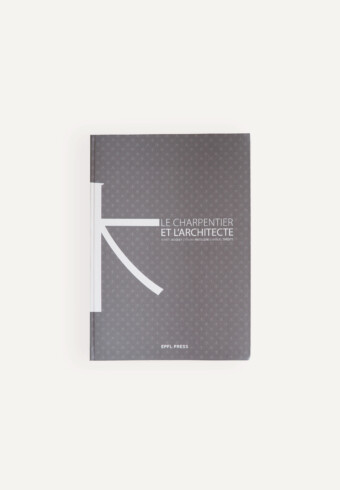
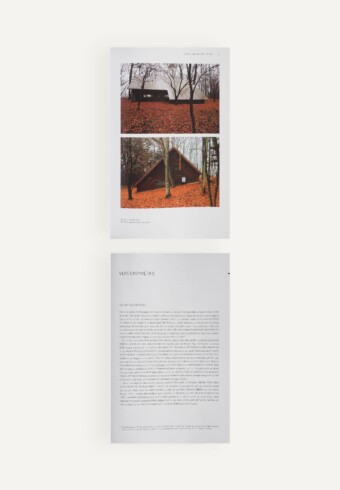
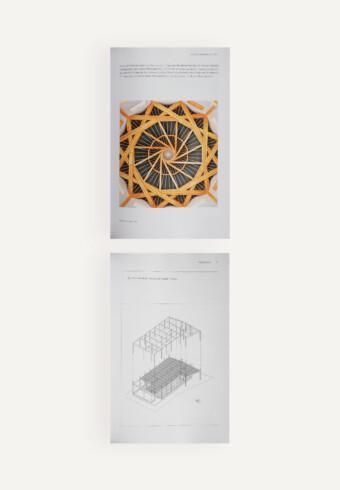
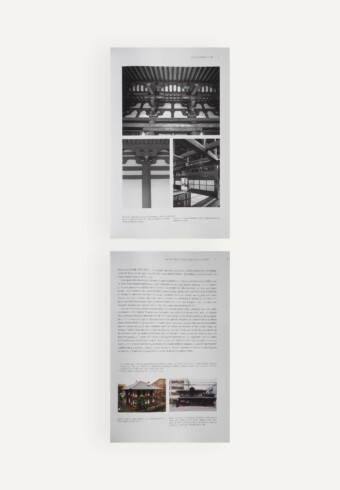
Le charpentier et l’architecte
42€




In stock
Today, when evoking Japanese architecture, images of a temple or a pagoda come quite naturally to mind. Some will also have more contemporary works in mind: the raw concrete shells, massive and modular in the style of Ando Tadao, the lighter architectures of Ito Toyo, Sejima Kazuyo or the elaborate facades of Kuma Kengo, to name a few. quote them. A rather surprising generational, even historical gap seems to have opened up between images of highly emblematic traditional architecture where wood is the material of choice, and more current images of innovative projects where its use is reduced. In Japan, although the carpenter has long been the main contractor, contemporary architectural culture seems to have forgotten this constructive knowledge accumulated over centuries. Such an observation also applies to a number of other fields of art such as music – Japanese children are more likely to learn the piano or the violin than the shamisen or the koto – painting and sculpture, taught according to Western guns since the Meiji Reform at the end of the XNUMXth century. The decline of craftsmanship, industrialization, the modernization of knowledge and techniques, are phenomena observable today on a global scale, but in the case of Japan in particular, the contrast is striking, even worrying, between this which remains of an ancient heritage and which is mostly built in Japanese cities.
Information :
Publisher: EPFL PRESS
Authors: Benoît Jacquet, Teruaki Matsuzaki, Manuel Tardits
Year: 2019
Pages: 436
Cover: Hardcover
French language
ISBN: 978-2-88915-289-6
© EPFL PRESS
Share

